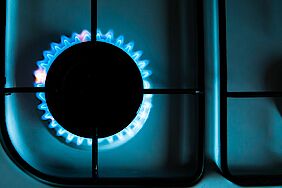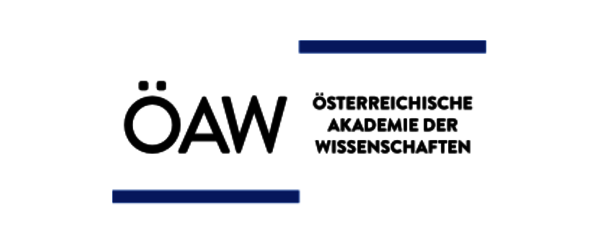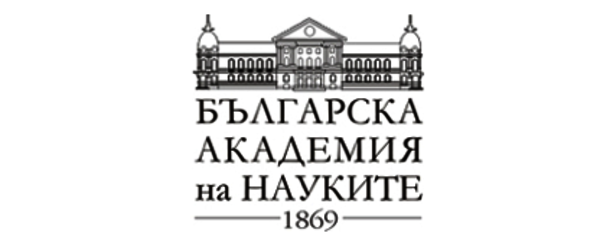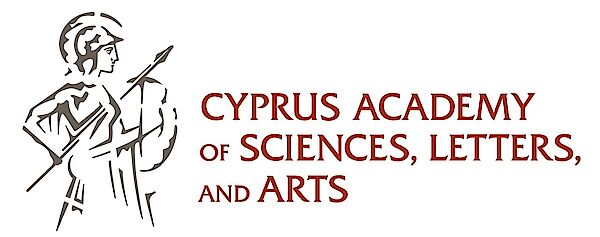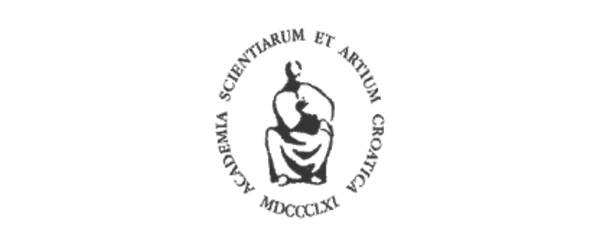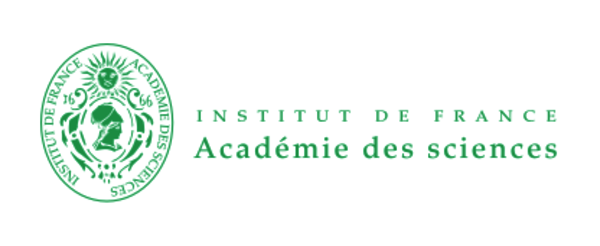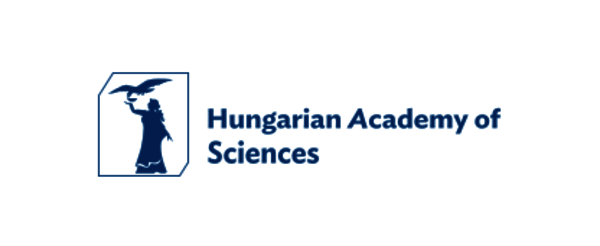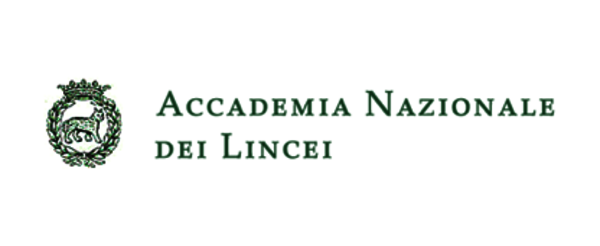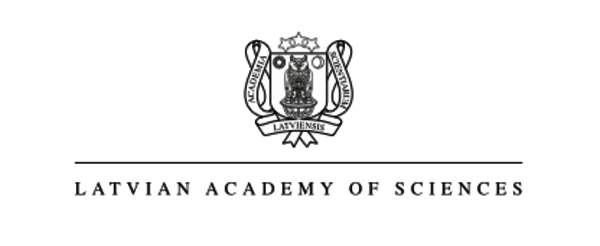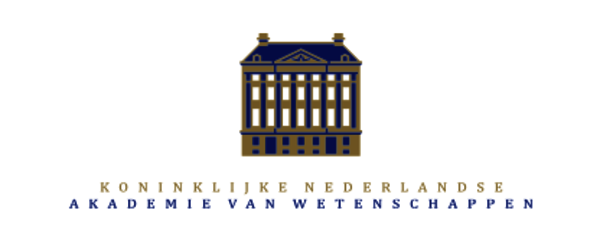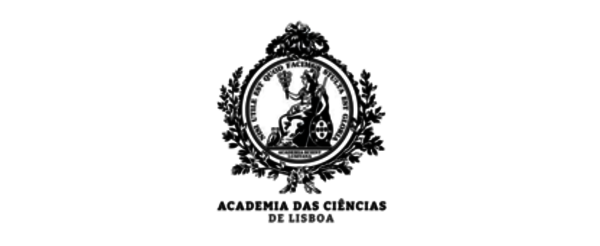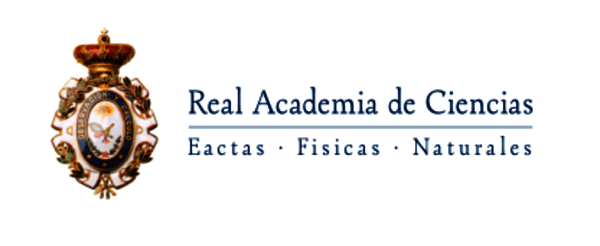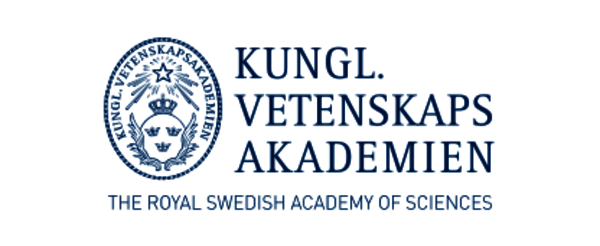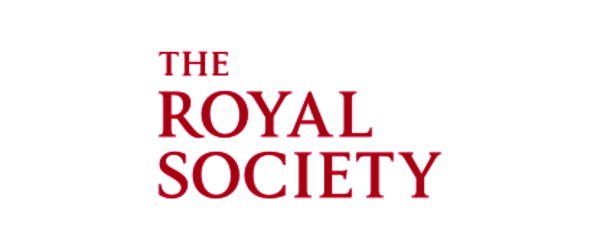News & Academies' activities
COP28: Scientists urge greater ambition and more urgency on reduction of methane leakages
- EU negotiating position for COP28 lacks focus on methane
- Global Warming Potential of methane ~80 times that of carbon dioxide up to 2050
- Contracting Parties urged to double ambition of Global Methane Pledge and address methane leakages from energy sector through regulation and enforcement
3 November 2023 - The recently published EU position for COP 28 includes many important vital issues that urgently need addressing but there is an important omission: specific mention of the imperative for reducing methane emissions. In view of the significant global warming potential (GWP) of methane, and the urgent need to curb methane leakages from oil and gas extraction and supply chains, the EU position appears to overlook the Global Methane Pledge which was launched at COP 26 and reinforced at COP 27.
Recent work by the European Academies Science Advisory Council (EASAC) on the Future of Gas highlights the extremely high GWP of methane leakages along the whole natural gas supply chain. It reports, in stark terms, the critical need to eliminate fugitive emissions (leaks) from the production and use of natural gas, alongside the acceleration of low carbon alternatives.
Methane emissions come with high climate costs
According to the IEA, most countries and regions still have little or no measurement-based data, and only 13% of global methane emissions are covered by mitigation policies[1]. “That implies that companies don’t have to monitor or notify them, they are not being charged for them, and they have no incentive to prevent them,” explains Prof. Michael Norton, EASAC’s Environment Director. “Even where regulations exist, there are often no or few controls whether companies comply. But that does not mean that methane emissions come at no cost. It's just that we are paying the price collectively – with accelerated climate change, with even more floods and droughts.”
EASAC reminds the Contracting Parties of record rates of warming and associated extremes in climate which confirm that climate change is progressing even faster than forecast a couple of years ago. “The next ten years are crucial to prevent the worst,” explains Dr William Gillett, EASAC’s Energy Director. He underlines “The GWP for methane most relevant to policy interventions is the short-term figure of 82.5 for the first 20 years after emission, and not its 100-year figure of 29.8[2] often cited in public debate. Contracting Parties now need to address methane leakages from the energy sector as a matter of urgency through regulation and enforcement.”
Continuing to leak away money while worsening climate change
Satellite measurements now allow us to pinpoint massive point leakages that are occurring along the natural gas supply chain, and EASAC’s work highlights the huge differences that exist between the most efficient, low leakage systems used in some countries and the massive leaks found in others. Leaks may be deliberate (flaring or venting unwanted gas) or from badly maintained or poorly regulated equipment, but all can be addressed with existing technology while saving money or at low net cost.
The Global Methane Pledge (GMP)[3], which is currently supported by 150 countries (with some major emitters yet to join) aims to reduce methane emissions by 30% by 2030. The GMP provides a starting block for the much more ambitious targets that are needed if methane emissions are to be prevented from accelerating warming well above the 1.5 °C target by 2030. The EU’s proposed Regulation[4] on reducing methane emissions in the energy sector raises the level of ambition to around 58% by 2030 compared to 2020, which could be used at COP 28 as a basis for negotiating more ambitious international actions.
EASAC considers that a major success for COP28 would be for Contracting Parties to agree on a substantial strengthening of the GMP with mandatory measures for limiting methane emissions and much more substantive commitments to methane emission reductions in the energy sector by 2030, for example by doubling the current 30 percent reduction commitments (in line with the proposed EU regulation). This should be backed up by strong monitoring from satellites and ground measurements facilitated by the International Methane Emissions Observatory[5].
EASAC Reports:
Contacts:
Dr. William Gillett | Professor Michael Norton |
General enquiries: |
|
About the European Academies’ Science Advisory Council (EASAC)
EASAC is formed by the national science academies of the EU Member States, Norway, Switzerland and United Kingdom, to collaborate in giving advice to European policymakers. EASAC provides a means for the collective voice of European science to be heard. Through EASAC, the academies work together to provide independent, evidence-based advice to those who make or influence European policies within the European institutions. www.easac.eu
[1] IEA (2022), Global Methane Tracker 2022, IEA, Paris
https://www.iea.org/reports/global-methane-tracker-2023
[2] IPCC 6th Assessment
[3]https://energy.ec.europa.eu/system/files/2022-11/GMP%20COP27%20Joint%20Factsheet.pdf
[4]https://eur-lex.europa.eu/legal-content/EN/TXT/?uri=COM%3A2021%3A805%3AFIN
[5]https://ec.europa.eu/commission/presscorner/detail/es/ip_21_5636
back to overview
